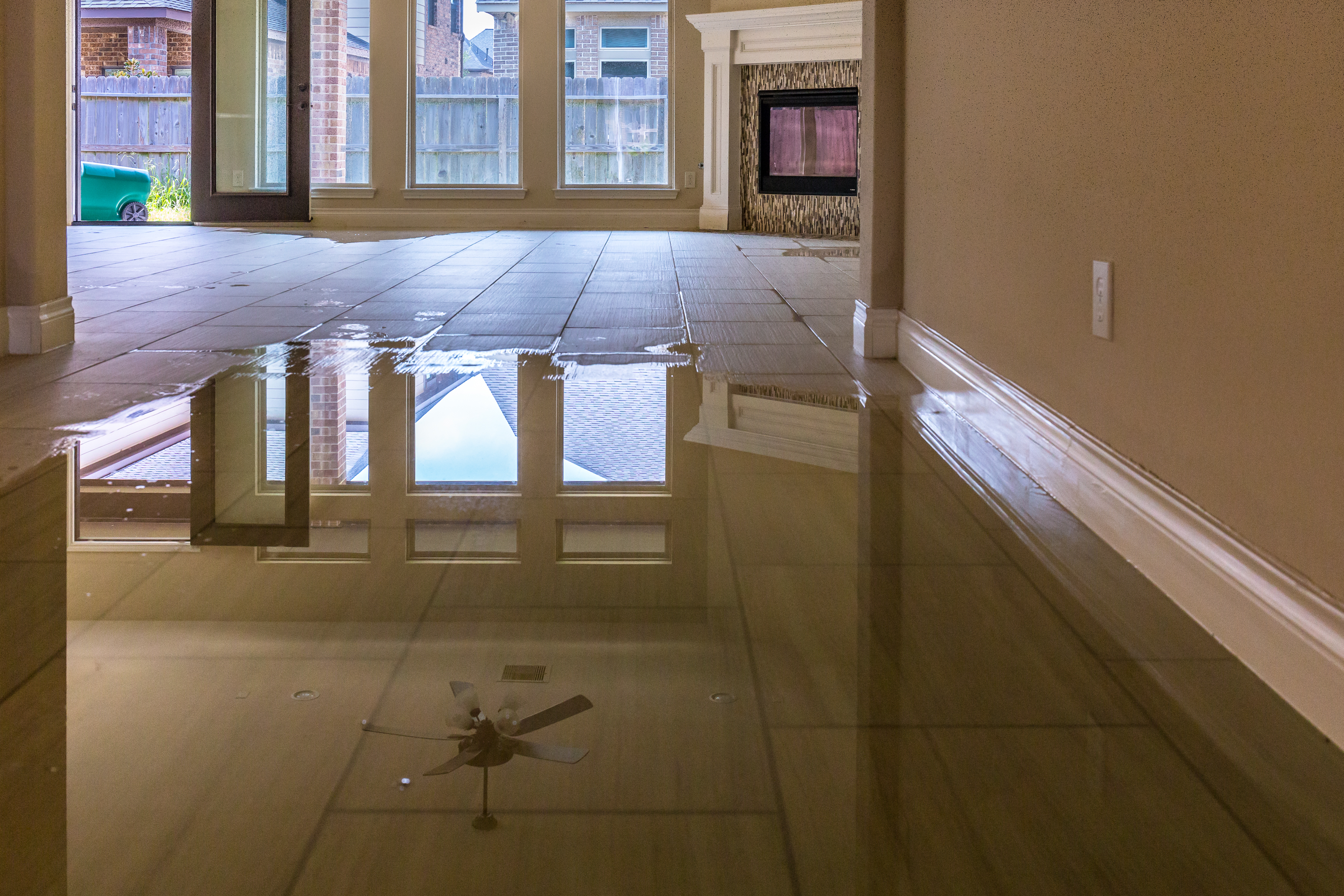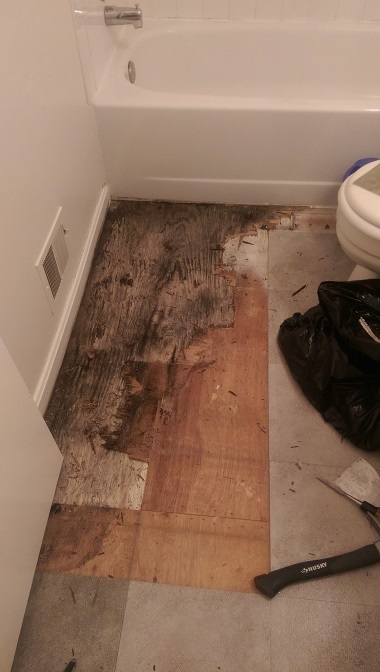Listed here down the page you might get a bunch of very good information pertaining to Common Causes of Water Damage in a Bathroom.

The washroom is exceptionally at risk for moist accumulation as well as prospective water damages as a result of the constant use water in it. This article offers easy examination strategies to help spotting water damage hazards.
The frequent use of water in the bathroom makes it incredibly susceptible for damp build-up as well as prospective water damage. By inspecting it regularly, you can lower water relevant problems.
The adhering to collection of examinations is very easy to execute and also must be done as soon as in every 3 months in order to keep your bathroom in good shape and to stop possible water problems brought on by the tub, the shower, pipeline joints as well as plumbing, sinks, cupboards, and also the toilet
Do not forget executing these evaluations as well as be comprehensive while executing them. Keep in mind that these basic inspections can save you a great deal of money by giving early signs for water damage
Tub and also Shower
The shower and bath tub require unique focus and upkeep. Check the ceramic tiles and also change if cracked. See to it that there is no missing grout between the floor tiles. Examine and also replace cracked caulking at joints where the wall surfaces meet the flooring or the tub. Clogged drains pipes and pipelines issues will protect against the bathtub from drying out as well as might suggest serious issues beneath the bath tub. Speak with a specialist right away to stop structural damages. Pay attention to stainings or soft areas around the tub walls as they may indicate an interior leakage.
Plumbing
Signs for water damage are tough to spot because the majority of pipes are set up inside the wall surfaces.
Pay special interest to floor covering and walls wetness and also spots as they may show an unnoticeable plumbing trouble. Check wetness degrees in adjoining spaces too.
Sinks and Cabinets
Sinks and also cabinets are subjected to dampness and humidity everyday as well as are often neglected. Check consistently under the sink and on the counter top over it. Fix any drip in the catch as it may recommend drainpipe troubles. Take a look around the sink, slow-moving draining pipes may show a blocked drain. Change sink seals if they are cracked or loose.
The Commode
The toilet is a susceptible water joint. Check the water lines and also search for leakages around the commode seat, in the hose, as well as under the water container. If you detect any type of indicators of dampness on the flooring around the commode, look for leakages in the toilet rim as well as storage tank seals.
Understand that hanging bathroom bowl deodorants enhances the chances for clogs.
Water Damage Signs In The Bathroom To Avoid Cleanup
Musty smell
This is one of the easiest signs to catch because musty smells are so odorous. The damp, earthy, moldy smell should be a big red flag. The smell will develop when moisture gets trapped in surfaces, and begins to facilitate mold growth. Leaking pipes under cabinets, inside walls, and behind shower fixtures will cause moisture to stay trapped and not dry, which will lead to mold growth and spread. As soon as you notice any musty smells in your bathroom, have it checked for hidden water damage and cleanup signs.
Visible mold
If the smell isn’t there to give it away, sometimes you will actually see mold growth. Finding mold in your bathroom is a serious problem, because mold is very harmful to your health. By the time mold growth is visible, it also means that water damage has already occurred and been present for some time. The only way the mold problem can be resolved is to find the source of the moisture and get it stopped. To safely and adequately remove mold, you need to have professionals handle the remediation. Do not waste any time in getting mold problems addressed, fixed, and sanitized so that you can protect you and your family from the many respiratory symptoms caused by mold exposure.
Damaged floors
Bathroom floors should be able to withstand some exposure to water while still remaining in good condition. However, when excess exposure or water leaks occur, they will begin to damage even the most water-resistant flooring. If you notice any cracking, bubbling, staining, or warping on your bathroom floors, there is probably a water leak somewhere causing the distortion. If you notice areas of the floor have become softer, or even have a spongy feeling, there is probably damage to the subfloor. Subflooring is typically made up of plywood. When plywood is exposed to water or moisture, it will absorb it. Once it has become saturated, the weight of the excess water will cause the wood to swell and soften. Check the floors in your bathroom frequently to catch any of these sings before they lead to damaged subflooring.
Changes on walls
When water leaks behind walls, it will cause changes in the drywall. Peeling plaster, blistering paint, and soggy wallpaper are all good indicators that excess water is building up behind the wall. Water leaking behind drywall will cause it to swell and be soft to the tough. If you start to notice gaps along the trim of your walls, or where tile meets the wall, it could also be a strong indicator that there is a leak behind the wall. Any changes, distortion, or damage on the walls should be evaluated as soon as you notice it to prevent further water damage and cleanup.

Do you really like reading about Looking for Signs of Water Damage in the Bathroom? Create a remark down the page. We'd be interested to find out your opinions about this write-up. In hopes that you come back again in the future. Sharing is nice. You never know, you will be doing someone a favor. Thank-you for your time spent reading it.
Click Here To Read More